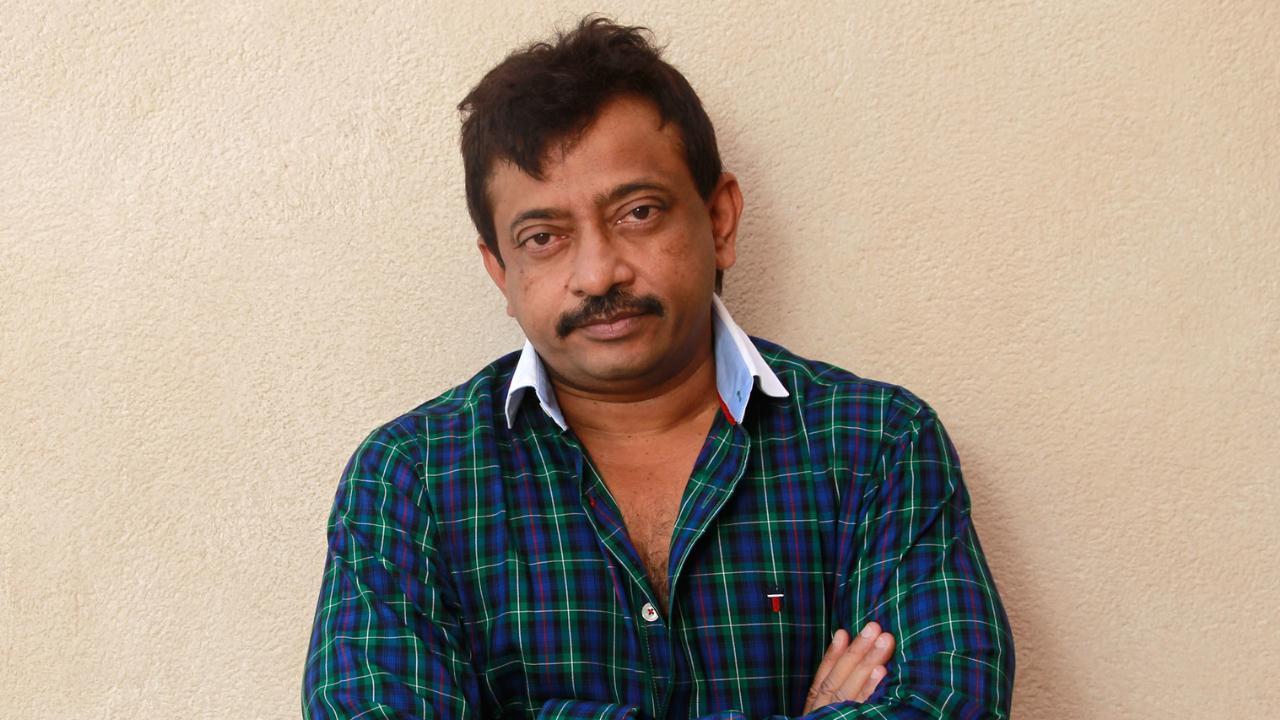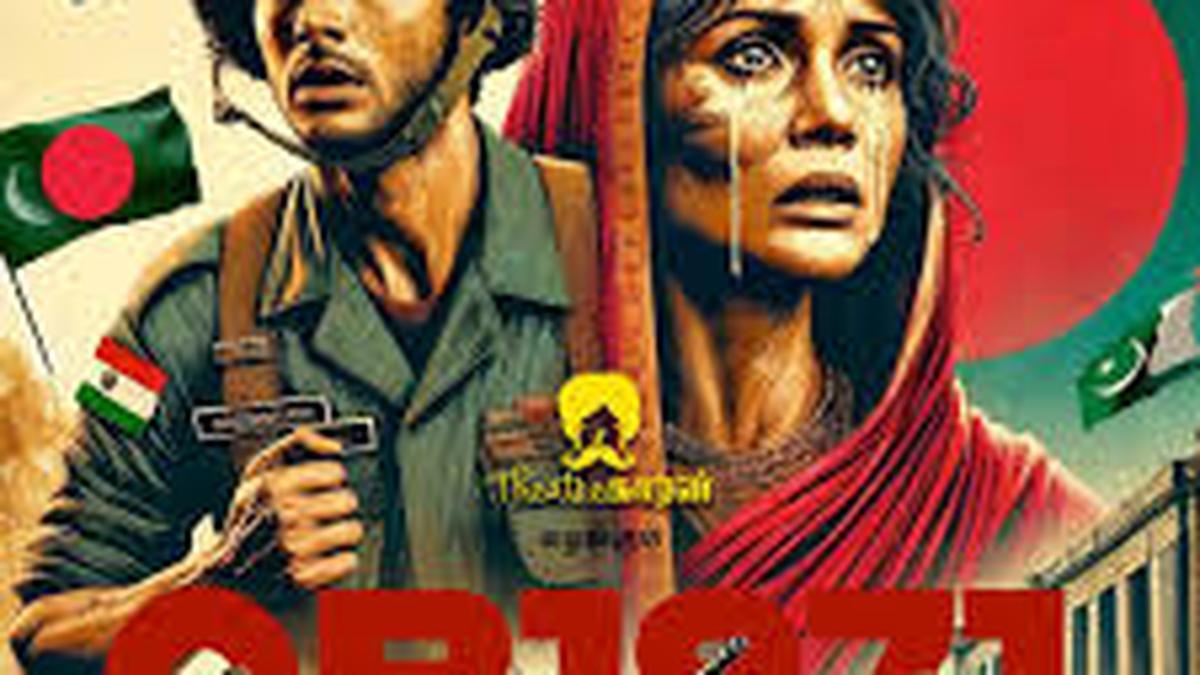
In an effort to foster inclusive cinema, the Information and Broadcasting Ministry has opened up a channel for public consultation regarding the draft Guidelines of Accessibility Standards in the Public Exhibition of Feature Films in Cinema Theatres. This commendable initiative is aimed at making movies more accessible to individuals with hearing and visual impairments. Stakeholders and the general public have until February 8th to present their views and suggestions on these transformative policies.
The new guidelines will apply to all feature films that have received certification from the Central Board of Film Certification (CBFC) for public screening in cinemas for commercial distribution. “The focus of these guidelines is not only on the content but also on the information and assistive devices needed by persons with disabilities to enjoy films in cinema theatres,” an official notice clarified.
Explicitly detailed under the “objective” section of the guidelines is the cornerstone principle that complete accessibility to various environmental spheres is vital. By obtaining unhindered access to the physical, social, economic, and cultural settings, persons with disabilities can fully partake in health services, education, human rights, and the fundamental freedoms that are the right of every citizen.
The guidelines outline specific accessibility standards, including provisions for Indian Sign Language. One groundbreaking requirement mentioned is that producers must submit two versions of their film for CBFC certification: the original film for the general viewing public, and an alternate version featuring accessibility accommodations, tailored for audiences with hearing or visual impairments.
Cinema owners will have several options to deploy these accessible features in their theatres, which may include technologies and services like mirror captions, smart glasses for closed captioning, caption stands, caption displays below the screen, headphones or earphones for audio descriptions, and dedicated apps. These provisions could be provided during specially dedicated screenings or integrated into regular showtimes using specific equipment.
The creation of accessible feature films calls for a collaborative approach from the film industry, working closely with organizations dedicated to disability services. The government may also step in by mandatorily funding accessibility features in government-supported films and incorporating these features as a prerequisite for state awards and state-organized film festivals.
The draft guidelines stipulate a precise implementation schedule. From the moment these guidelines are enforced, applicants for film certification must arrange for the stipulated access services. Feature films dubbed into multiple languages are expected to offer at least one accessibility feature for the hearing impaired and one for the visually impaired within six months of the guideline’s effective date.
By January 1, 2025, films submitted for the National Film Awards, those featured in the Indian Panorama section of the International Film Festival of India, Goa, and entries to the Mumbai International Film Festival must all include closed captioning and audio description services. The requirement extends to all other feature films certified by the CBFC for theatrical release thereafter, with a three-year grace period from the date of the guidelines’ issuance.
Notably, the guidelines also discuss the role of exhibitors, outlining measures they should take to advance accessibility for persons with hearing and visual challenges. Alongside these suggestions, the document delineates procedures for handling grievances and establishes a monitoring and implementation framework that will be overseen by licensing authorities.
The proposed policies signify a revolutionary step towards fostering a more inclusive movie-viewing culture in India. With these standards in place, cinema will not only reflect a diverse range of stories but also become an experience that all members of society, regardless of physical limitations, can fully appreciate and enjoy.










